For nearly two decades, he has diligently dug up and built a theoretical foundation for a field that few authors have pursued. He has contributed to shaping the research map for this innocent and diverse world .
COVERING A FLOW
As an in-depth researcher, Dr. Le Nhat Ky has a thorough grasp of the flow of children's literature through many periods, in particular, he devotes much of his passion to modern fairy tales.

Nearly 20 years focusing on children's literature research
- In 1998, I went to Hanoi to attend the Children's Literature Conference organized by Hanoi National University of Education. At that time, I met Associate Professor, Dr. Van Thanh (Institute of Literature), an expert in the field of children's literature. Ms. Van Thanh encouraged me to delve deeper into this field of literature. Since then, I have been involved in researching children's literature until now. Up to now, I have participated in writing a number of research works and monographs such as: Literature for children (co-written with Dr. Chau Minh Hung, 2003), Genre system in children's literature (co-written with Dr. Chau Minh Hung, 2009), Tran Hoai Duong, people and works (2015), Fairy tales in modern Vietnamese literature (2016), From the footsteps of De Men (2024)...
As a rare person with a systematic view of modern Vietnamese fairy tales, what makes you persevere with this genre?
- I see modern fairy tales as a continuation of traditional fairy tales, but at the same time as an independent creative stream, carrying the breath of the times. Children today still read fairy tales, but they also need stories that are closer to the contemporary world, with the issues they themselves are facing: friendship, emotions, aspirations, gender, independence...
So how has this genre journeyed in Vietnamese literature?
- Since the early 40s of the 20th century, romantic writers such as Khai Hung, Ngoc Giao... initiated new fairy tales. After that, despite the war, there were still names such as Nguyen Huy Tuong, Pham Ho, Tran Hoai Duong... who continued to develop this genre. Since 1975, when the country was unified, children's literature received more attention, modern fairy tales really entered a period of development. Up to now, there have been hundreds of modern fairy tales written with many different trends.
He once proposed bringing modern fairy tales into schools…
- For many years, schools have mainly exploited folk tales. But modern fairy tales have their own vitality, closer to school life, from the characters' circumstances to the expressive language. Stories such as The Boy Who Picked Cotton Cotton (Ngo Quan Mien), The Letters A and E (Nguyen Huong) or The Little Girl and the Kitchen God (Pham Ho)... can all be used in teaching literature, from creating plots, building situations, to moral lessons. I hope there will be anthologies and official reference materials to support teachers in doing that. A publisher is also planning to print and publish my manuscript of a collection of modern fairy tales this summer 2025.
From another perspective, he also wrote a separate study on the effects of writing from Nguyen Nhat Anh's literature. Why did he choose this author?
- Nguyen Nhat Anh is a writer with natural talent and the mindset of a teacher. He does not lecture on theory but “teaches” students with vivid literary images. Through stories such as Ut Quyen and I, The Table Has Five Seats, Dreamy Island…, he talks about how to describe characters, the role of imagination, the importance of emotions in writing… very naturally and deeply. Many students admit that reading Nguyen Nhat Anh’s stories helps them “write easier and better”, which is an undeniable proof.
So what would you say to the teachers who are teaching Writing today?
- I think of three things: One is to let students write with emotion. Two is to encourage students to read modern literature, thereby expanding their vocabulary, expression, and way of imagining the world. Three is to appreciate imagination, because creativity begins with dreams. If students write an "imaginary Robinson Crusoe Island", don't be quick to dismiss it, find a way to accompany them on that journey...
IMPRINT IN "LAND OF MARTIAL ARTS AND HEAVEN OF LITERATURE"
Dr. Le Nhat Ky closely follows children's literature in the land of Vo, I clearly feel his joy when discovering a new work, or a new author writing for children.
If you had to use only one phrase to summarize Binh Dinh children's literature over the past decades, what word would you choose?
- I would choose the phrase “sustained prosperity”. Because even in the most difficult periods, children’s literature in the land of Vo still quietly developed. And now, that prosperity has been widespread, with new and creative forces and many clear contributions. It is also necessary to emphasize that, right from the beginning of the 20th century, it was an honor for this land to bear the important initial mark of the process of literature written for children with national language literary works published by Lang Song Publishing House in the 1920s: Before the Gate of Heaven (Le Van Duc, 1923), Because I Love Don’t Care (Danh Son, 1924), The Child Jesus Calls (Dinh Van Sat, 1925), Two Wandering Sisters (Pierre Luc, 1927)… Among these publications, the novel Two Wandering Sisters written by the author Pierre Luc himself, right in Lang Song, is worth noting.
Some people say that children's literature here is reaching "professionalism". What do you think?
- I agree. They no longer write “for fun” but seriously as if they were carrying out a cultural mission. The way they pose problems, choose language, structure the work… all have a clear artistic sense. Looking at Pham Ho’s Flower and Fruit Stories or If One Day We Disappear, In a Place with Many Dragons… by Moc An, we can see that.
Up to now, this land has many promising faces. Besides the "seniors" such as Pham Ho, Nguyen Van Chuong, Nguyen My Nu, Bui Thi Xuan Mai..., there is a young generation that is rising strongly: Moc An, Mai Dau Hu, Nguyen Dang Thuy Trang, Nguyen Tran Thien Loc, My Tien, Truong Cong Tuong... They are highly educated, have good access to modern trends, and are very passionate about children.
In particular, at the writing camp in Da Lat that I just attended at the end of May 2025, there were also writers Tran Quang Loc and Bui Duy Phong who wrote 4 stories for children, which is really noteworthy.
But there still seems to be some gap...
- Yes. For example, children's scripts are still thin; there are many poems but few that deeply exploit nature and people here; especially, there is a lack of in-depth critical works to elevate existing values.
For children's literature to develop, what resonances do we need on this journey?
- I think that is very necessary, from media agencies to cultural agencies. Especially the Literature and Arts Association, in recent years has organized writing camps, exchange programs with Kim Dong Publishing House, opened literary seminars... All of which create an ecosystem for children's literature to develop. Therefore, I believe this literary field will continue to make strong breakthroughs here.
Thank you for this conversation!
Source: https://baogialai.com.vn/ts-le-nhat-ky-toi-tin-mang-van-hoc-thieu-nhi-se-con-but-pha-manh-post330878.html




![[Photo] General Secretary To Lam attends the 80th anniversary of Vietnam's diplomacy](https://vphoto.vietnam.vn/thumb/1200x675/vietnam/resource/IMAGE/2025/8/25/3dc715efdbf74937b6fe8072bac5cb30)
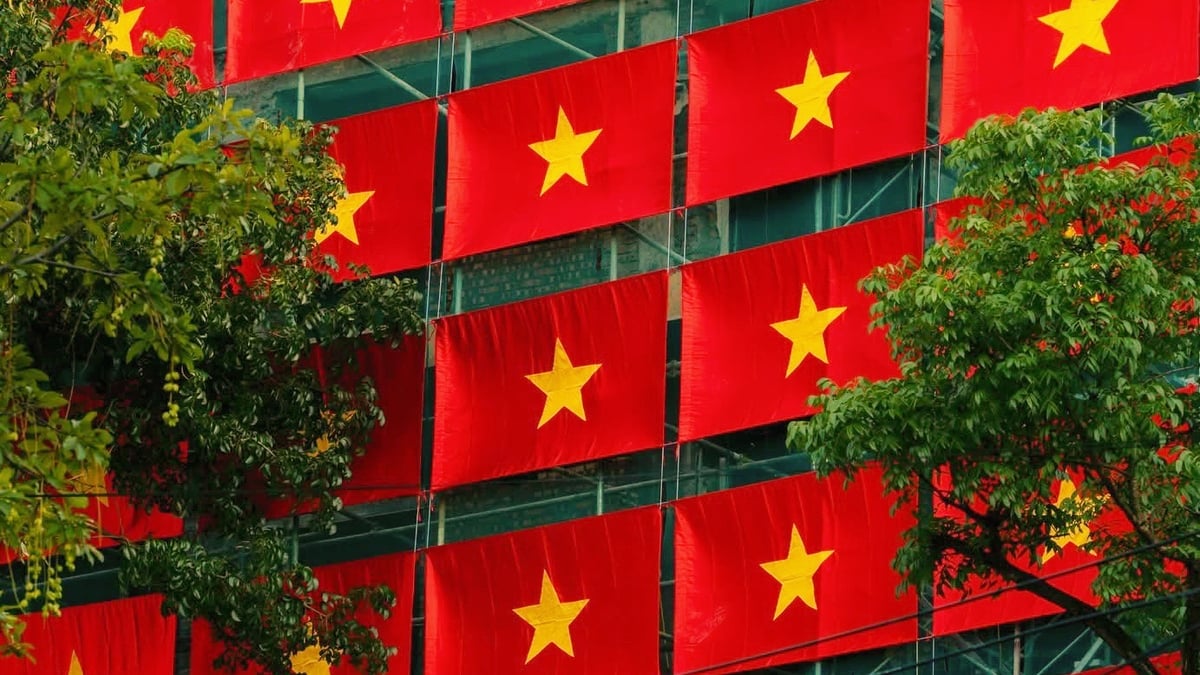
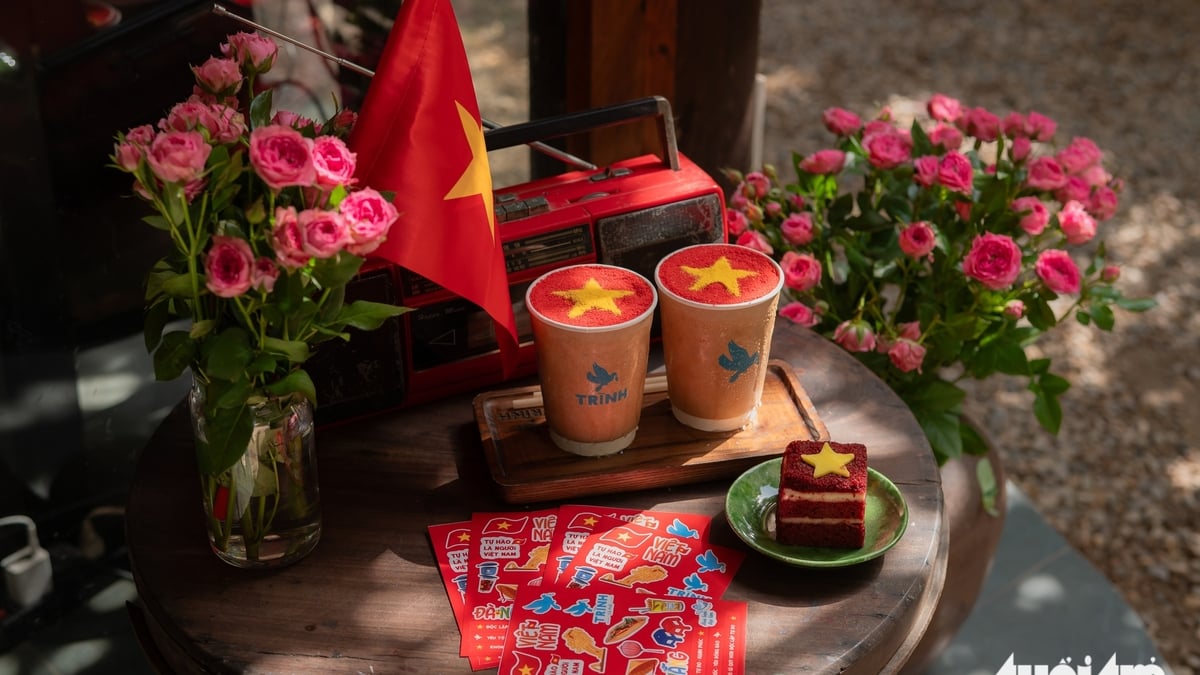
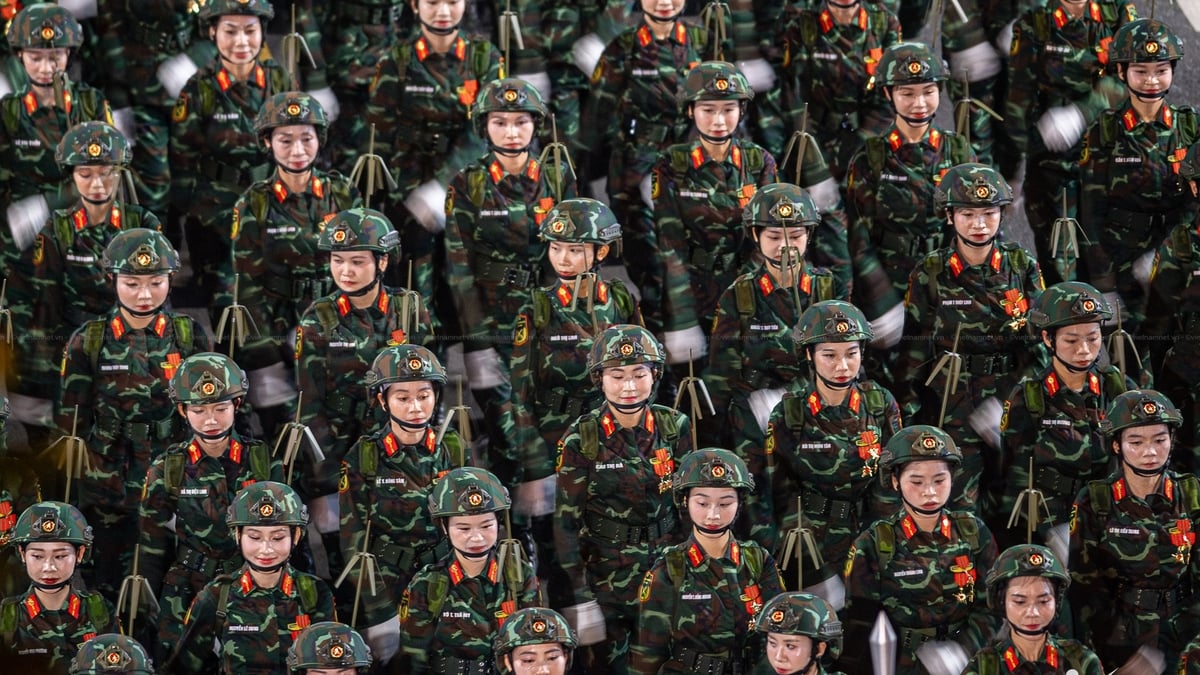
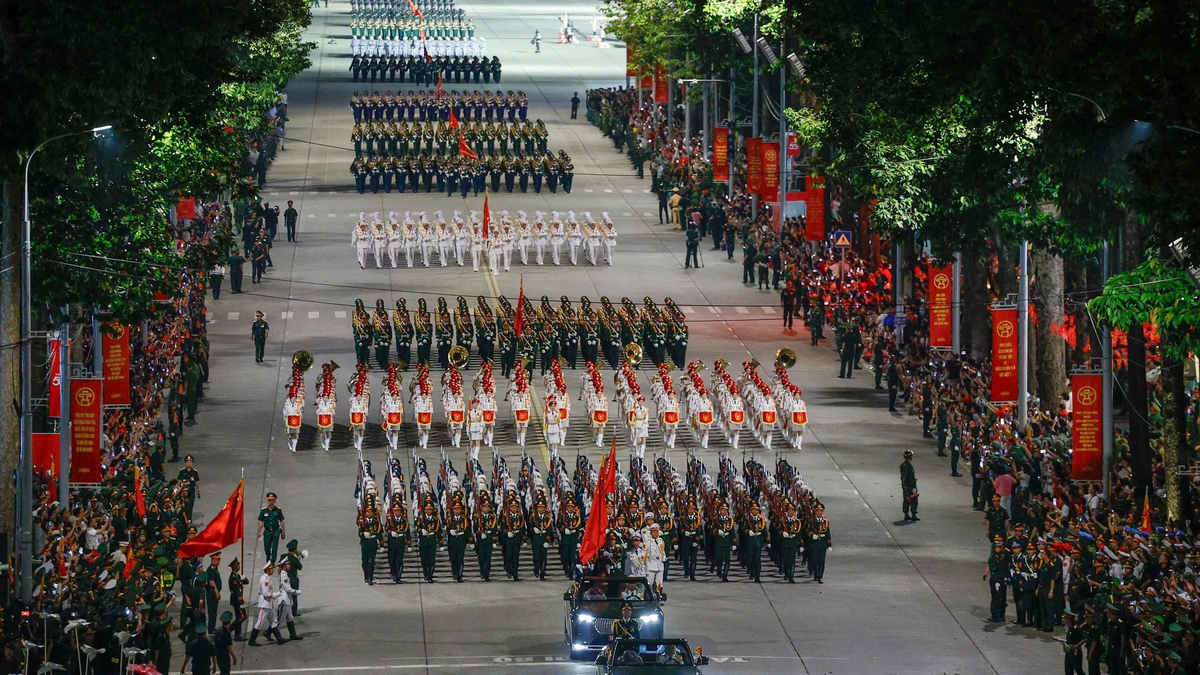
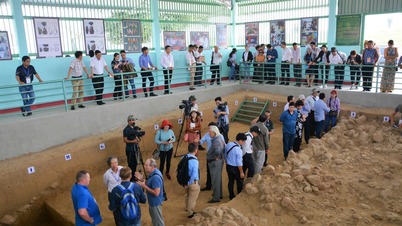
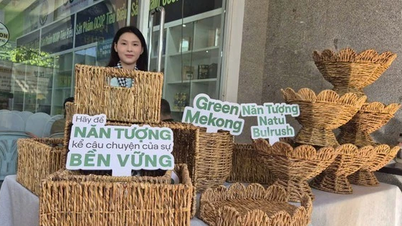
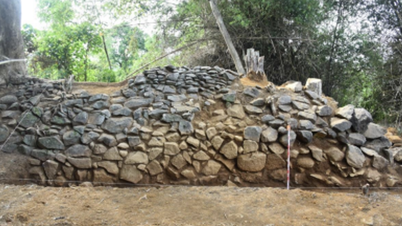

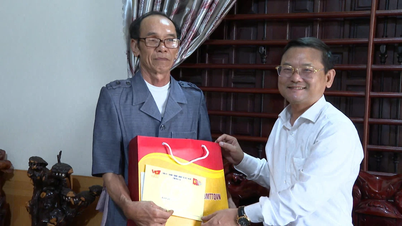
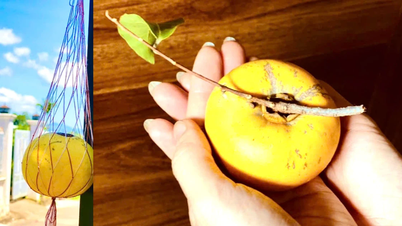
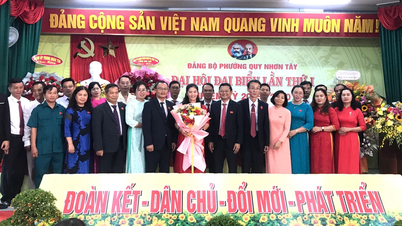




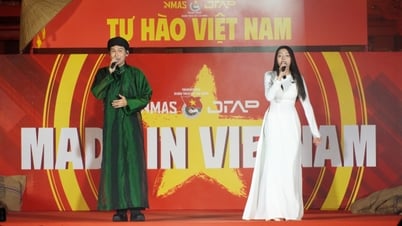

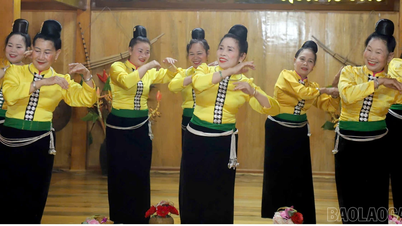

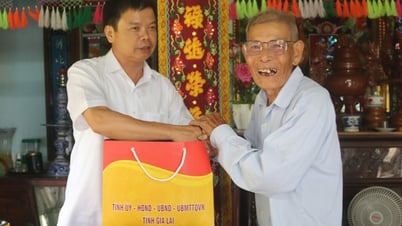

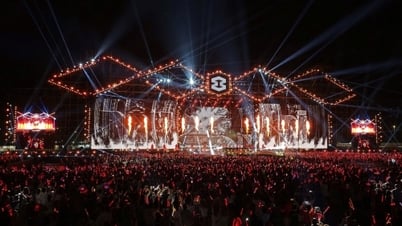



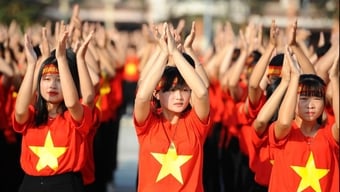
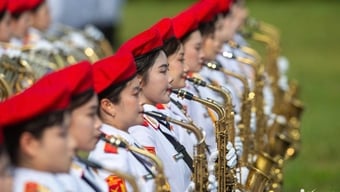
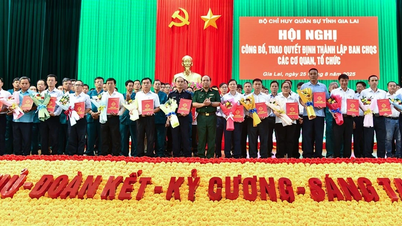
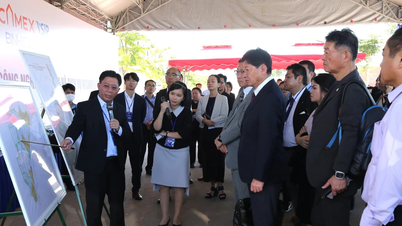
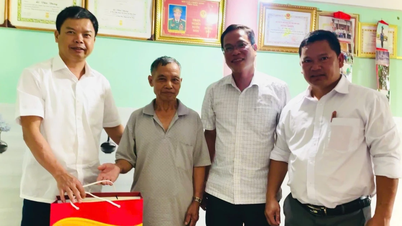
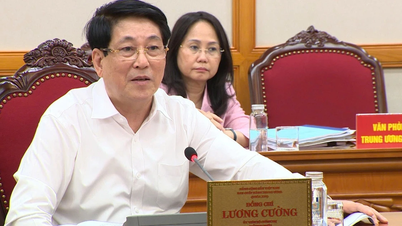
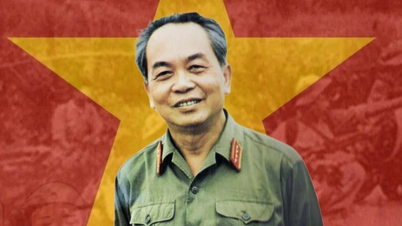
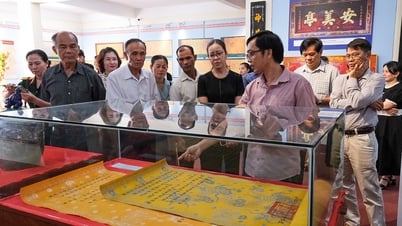
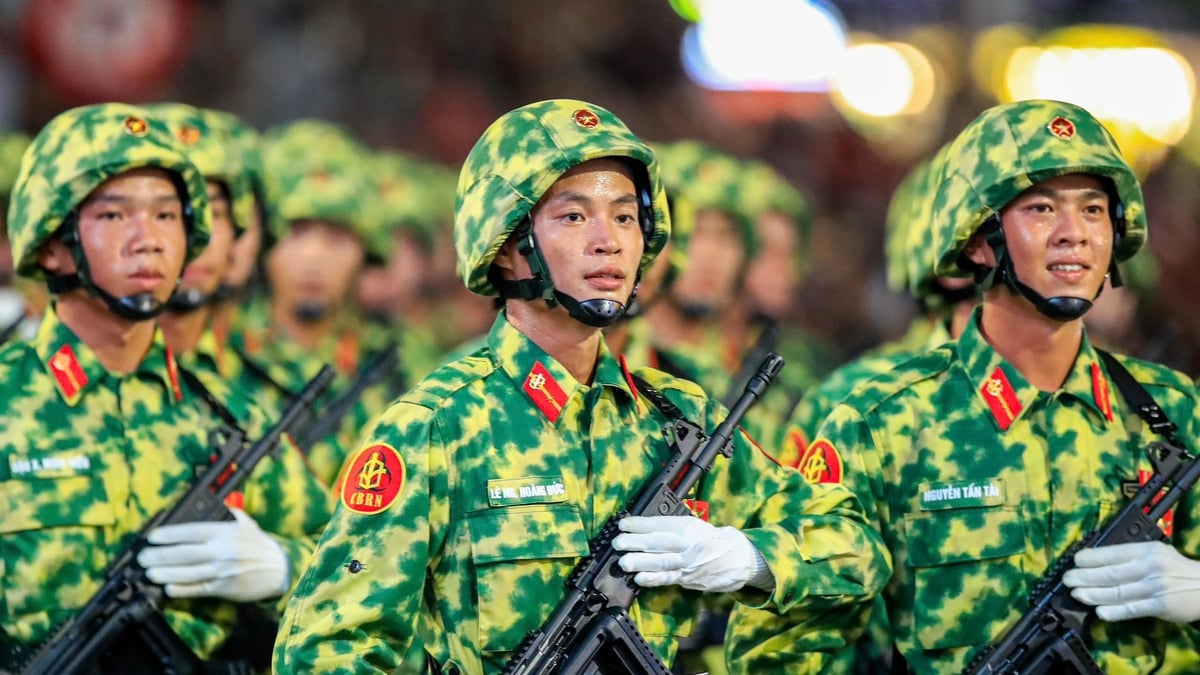

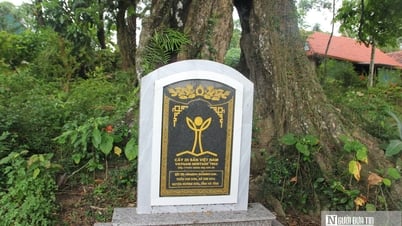



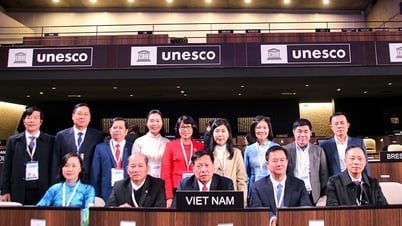

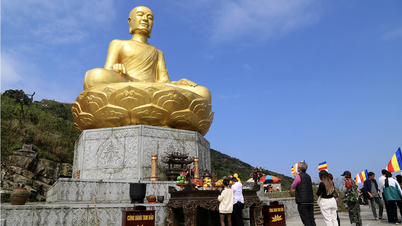

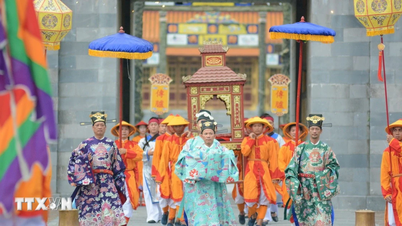

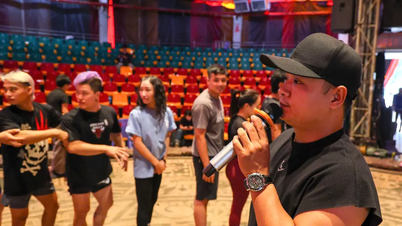

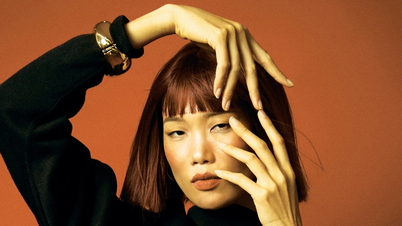
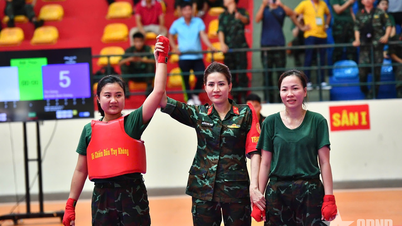

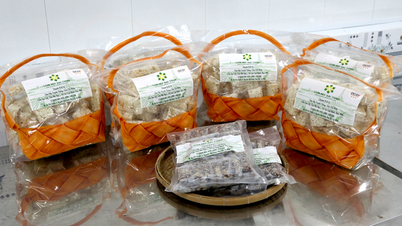

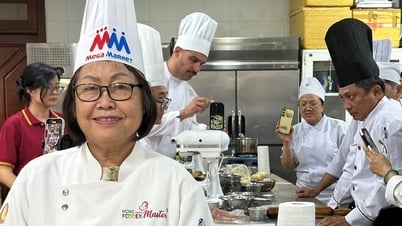
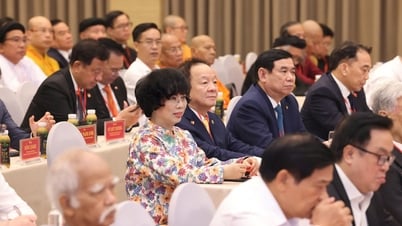
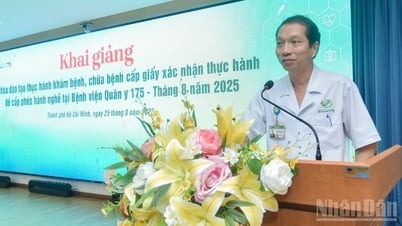

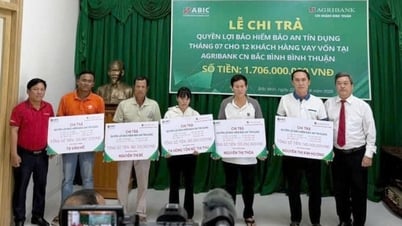


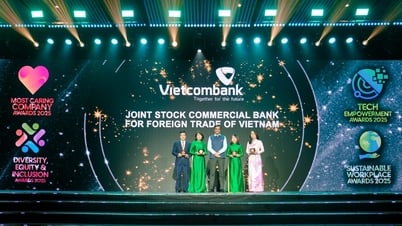
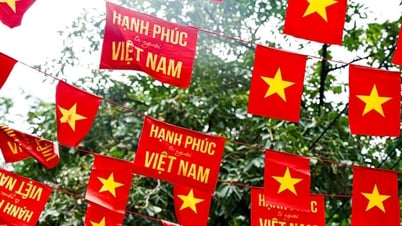

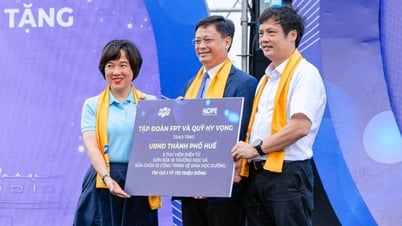

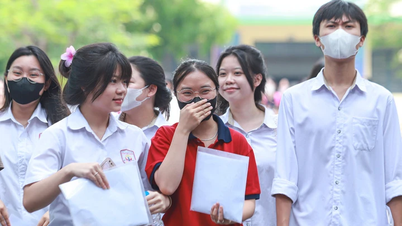
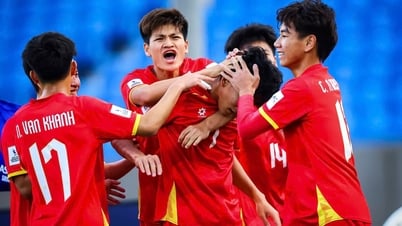

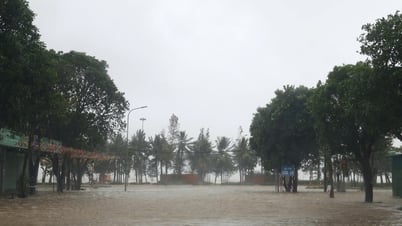

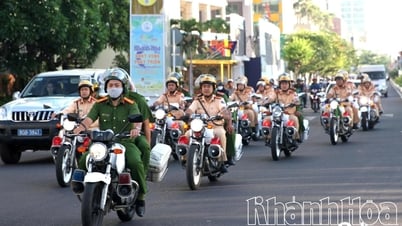

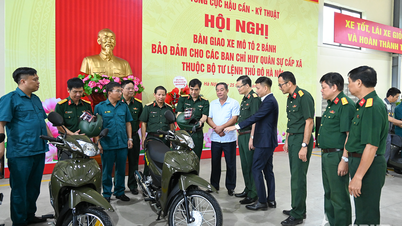
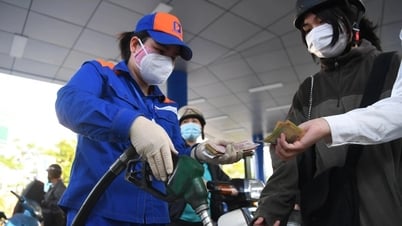
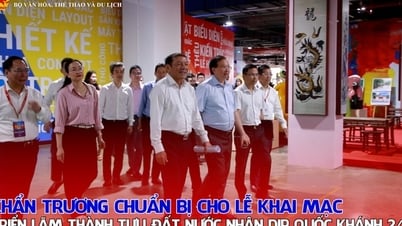

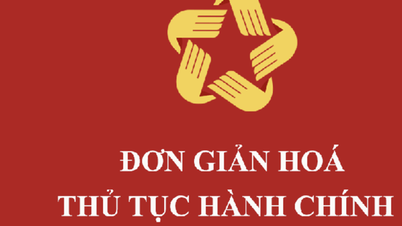
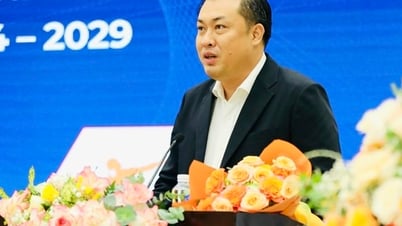

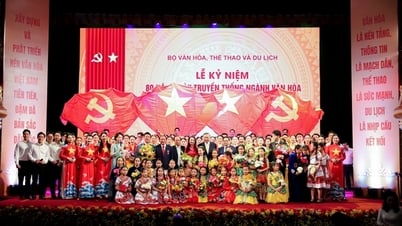
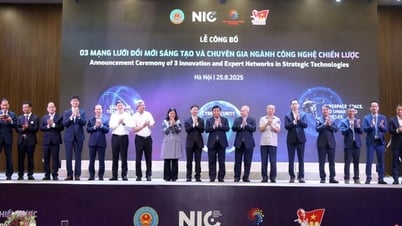



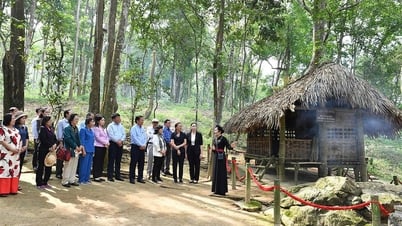
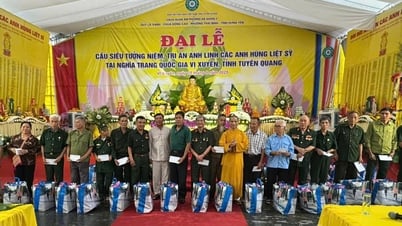


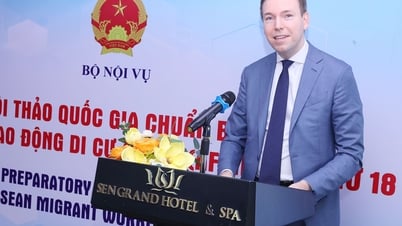

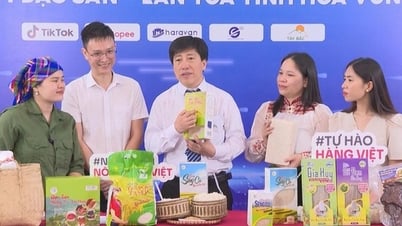


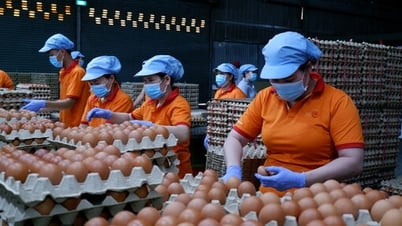

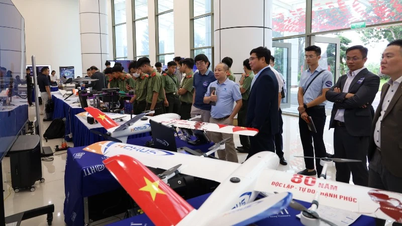


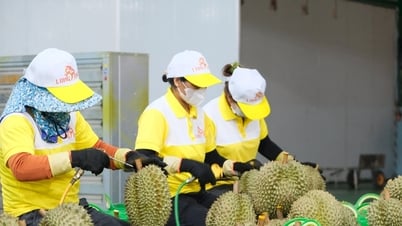


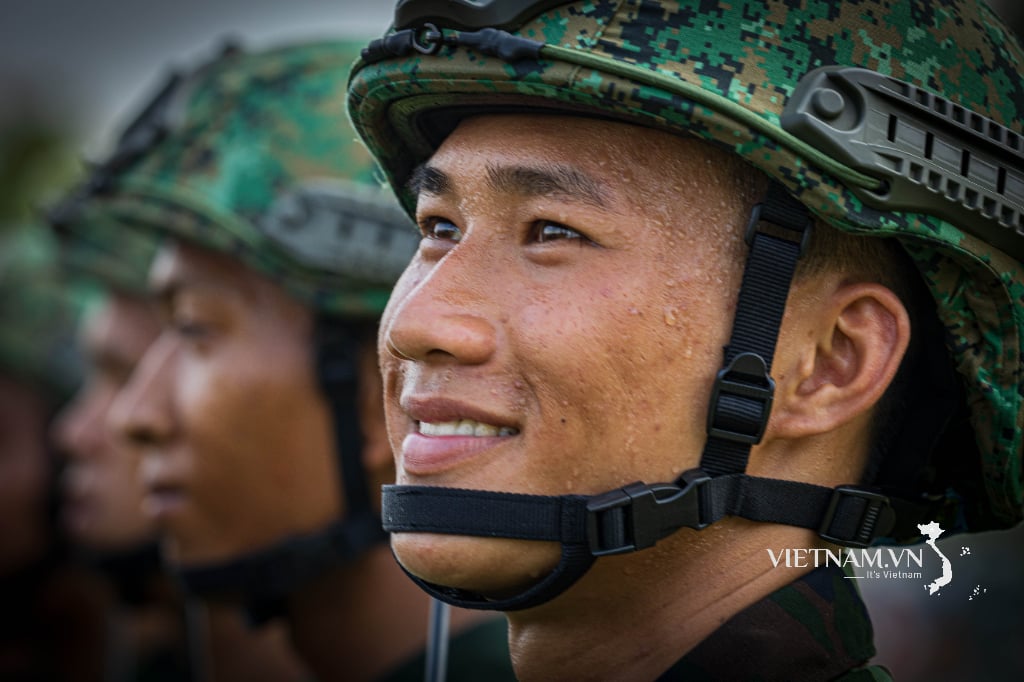

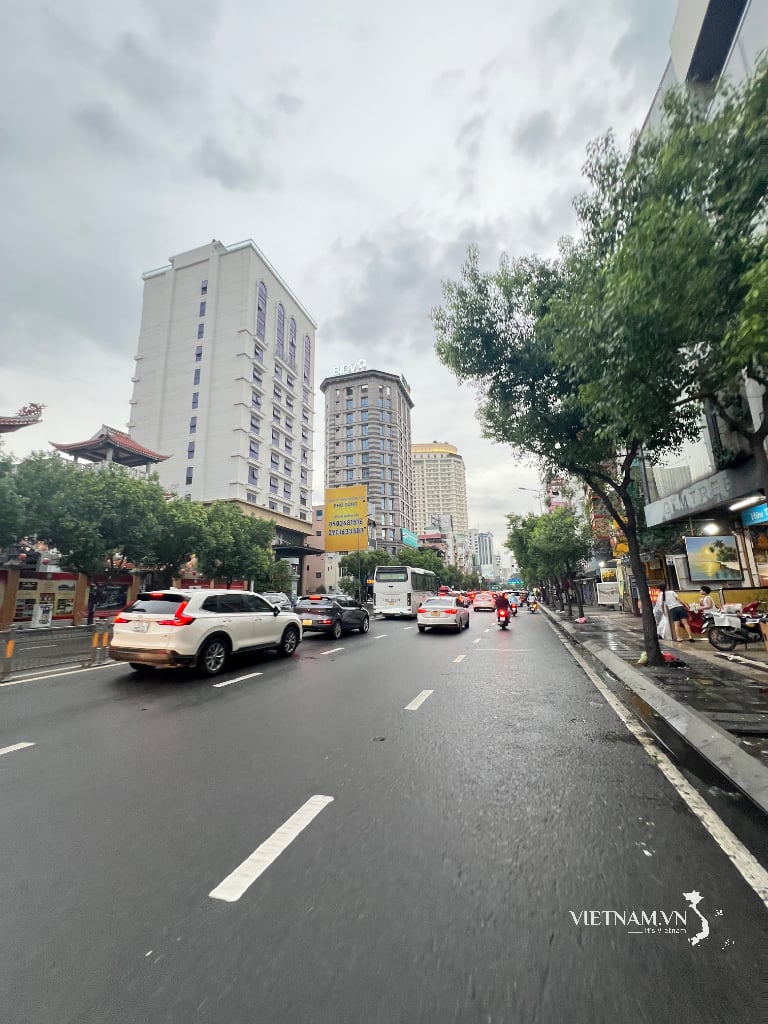

Comment (0)